Deconstructing the Value of Oracle: The Trust Machine in the Web3.0 World
The Essence of Oracles: Providing Solutions for Data Trust in Web3.0.
Introduction: Oracles have proven to be indispensable in various domains such as insurance, finance, random prediction, and the Internet of Things. As an extension of blockchain, oracles serve as trusted bridges between on-chain and off-chain worlds, enabling the integration of value ecosystems. In the narrative of Web3.0, oracles will continue to play a key role in addressing data trust issues.
Unveiling the Past and Present of Oracles.
The term “oracle” originates from the Latin word “oraculum,” meaning a divine pronouncement or prophecy. In the context of computing, the concept of an oracle was first introduced by Alan Turing, the father of computer science. Turing incorporated an entity called the “oracle” into his theoretical Turing Machine, forming the concept of an “Oracle Machine.” The oracle, in this context, refers to an entity that can answer a specific set of questions, providing information to assist the Turing Machine in its computations.
In the theory of computability, Turing machines are also associated with the “halting problem.” This refers to the problem of determining, given a description of an arbitrary computer program and an input, whether the program will eventually stop or continue running indefinitely. In a fixed Turing-complete computational model, the role of an oracle is to determine whether a program will halt when executed on certain given inputs.
In cryptography, the concept of an “oracle” can be found in the concept of a “random oracle.” Setting up a “random oracle” involves granting access to a random oracle to all parties, regardless of their trustworthiness, to ensure the true randomness of cryptographic hash functions. Without an oracle, users would rely on local mathematical functions with weak entropy, which is not suitable for strong encryption. Through the responses of the oracle, users can determine if the messages it outputs are secure enough.
n summary, Oracle has been a core concept in theoretical and applied computer science from the beginning, although it is modeled and applied in different ways depending on the assumptions made and the level of reliability or trustworthiness required.
Today, similar discussions are taking place in the field of blockchain. Smart contracts often require access to information from the outside world that is relevant to the contract’s protocols, triggering state changes on the blockchain. Essentially, blockchain oracles can be understood as middleware for data calls and access. They address two types of questions: “yes or no” questions and “how much” questions, enabling smart contracts to interact with external data.
When smart contracts are involved as part of cryptocurrencies, transactions are authorized through consensus among participants in a distributed network, ensuring transparency and minimizing opportunities for fraud. The information sent to smart contracts for executing programmable transactions is provided by the blockchain network itself.
However, the challenge lies in establishing a connection between smart contracts and the external world in order to expand the application scenarios of smart contracts. This involves bringing a wide variety of external data inputs into the “virtual environment” and ensuring the trustworthiness of the data sources.
Currently, with the continuous development of the Web3 ecosystem, it is foreseeable that the increasing number of dapps and platforms will drive the demand for calling data sources and APIs through oracles. In the future, dapps, especially decentralized finance (DeFi) exchanges, are likely to integrate more than one oracle (typically with one as the primary data source and 1–2 others as backup for cross-validation) to obtain off-chain metadata. This helps avoid protocol vulnerabilities caused by delays or attacks on a single oracle, as seen in incidents like the Venus
protocol.
Similarly, in terms of investment opportunities, although Chainlink currently dominates the oracle space, especially in traditional DeFi where data feeding is the main functionality, there may still be competition for the second position in the remaining approximately 10% of the market. Moreover, there are notable innovative protocols and narratives emerging in niche areas of oracles, such as cross-chain, Layer 2, credit, NFT, DID, and others, which are worth paying attention to.
The core logic of an oracle revolves around the question of data trustworthiness.
In general, oracles, as independent modules or third-party services in blockchain, interact with execution engines and are responsible for obtaining trustworthy data. They do not directly participate in the execution of transactions.
When smart contracts are involved in cryptocurrencies, transactions are authorized through consensus among participants in the distributed network, ensuring transparency and minimizing opportunities for fraud. Additionally, the information sent to smart contracts to execute programmed transactions is provided by the blockchain network itself.
However, the challenge lies in establishing a connection channel between smart contracts and the external world in order to expand the application scenarios of smart contracts. It involves inputting a wide variety of data from the external world into the “virtual environment” and ensuring the authenticity and reliability of the obtained external data sources, which is the core issue in the use of oracles.
Therefore, many oracle projects focus on constraints such as data source authentication, standard data retrieval processes, and unified data formats during the design process. They also ensure the security of data during transmission and processing through the use of HTTPS protocol (underlying TLS protocol) and trusted execution environment (TEE) technology.
In addition, compared to on-chain data interactions, off-chain data interactions pose challenges in terms of data source reliability, oracle reliability, and processing complexity. The level of trustworthiness in real-world scenarios significantly affects the efficiency and cost of oracle implementation. In public blockchains, where multiple parties are generally untrusted, a multi-oracle model is used to achieve aggregation processing, consensus rules, reward and punishment mechanisms, and reputation systems to increase the cost of malicious behavior. This undoubtedly adds complexity to the implementation of functionalities. In consortium blockchain scenarios, oracle use cases are relatively closed and the trust level among institutional nodes is high. In such cases, a single oracle provides high efficiency and low cost but may face the issue of single point of failure.
When evaluating the quality of an oracle, it is important to consider its application scenario. Oracles on public blockchains and consortium blockchains have their own strengths and weaknesses.
Decentralized oracle
Decentralized oracle mechanisms are often necessary to obtain more trusted data. A single centralized node in the oracle introduces a single point of failure, as the node can be compromised or go offline. This goes against the purpose of using a blockchain network composed of thousands of nodes. Additionally, the oracle mechanism should not rely on a single data source, as that source may provide incorrect data or become unavailable.
Instead, the oracle mechanism must be decentralized at both the node operator and data source levels to ensure there are no single points of failure. While blockchains and oracles have different objectives (blockchains provide transaction consensus, while oracles provide consensus on real-world data), their complementarity implies that similar approaches must be taken to achieve security.
Therefore, a good decentralized oracle network (DON) must provide additional layers of security, such as the ability to connect to high-quality data sources (providing guarantees of accuracy and uptime), cryptographic proofs of data integrity (when the data provider runs the oracle node themselves), data validation through multi-layer aggregation processes (mitigating downtime, outliers, and corrupted data), cryptographic economic guarantees that incentivize correct behavior (implicit incentives and explicit staking), and optionally, data privacy features (such as zero-knowledge proofs). Additionally, decentralized oracles adhere to the same principles of decentralization as blockchains, often utilizing multi-signature schemes or distributed algorithms to ensure data correctness and consistency without relying on third-party entities. However, implementing these features can be more challenging and may introduce performance bottlenecks.
Taking PlugChain as an example, it establishes a decentralized data network where each oracle serves as a node within the network. The architecture of PlugChain consists of on-chain components and off-chain components. The on-chain components are responsible for interacting with users, collecting and responding to user requests, while the off-chain components form the data network mentioned earlier, which handles data retrieval and transmission. Being a decentralized and distributed data network, PlugChain can avoid the issue of a single point of failure.
It is worth noting that PlugChain has demonstrated excellent performance in cross-chain capabilities. It is capable of operating on over 100 compatible blockchain networks, including Ethereum, Polygon, BSC, Cosmos, Polkadot, Solana, and plans to expand access to more blockchains and second-layer solutions such as Arbitrum, Optimism, zksync, and others. In addition to providing efficient cross-chain aggregation capabilities, PlugChain also offers a wide range of secure on-chain AI computing services to extend the data value of blockchain to various ecological scenarios and meet the needs of its users.
In summary, PlugChain not only expands the capabilities of blockchain networks and smart contract applications through decentralized oracle networks (DONs), but also provides data “singularity” for future diverse application scenarios through on-chain AI and cross-chain capabilities.
Conclusion: Trust is undoubtedly the primary value proposition of blockchain and smart contracts. Oracles provide a means for blockchain protocols to communicate beyond their own networks, thus expanding the scope of blockchain protocols and bringing a fresh driving force to the global digitalization movement.

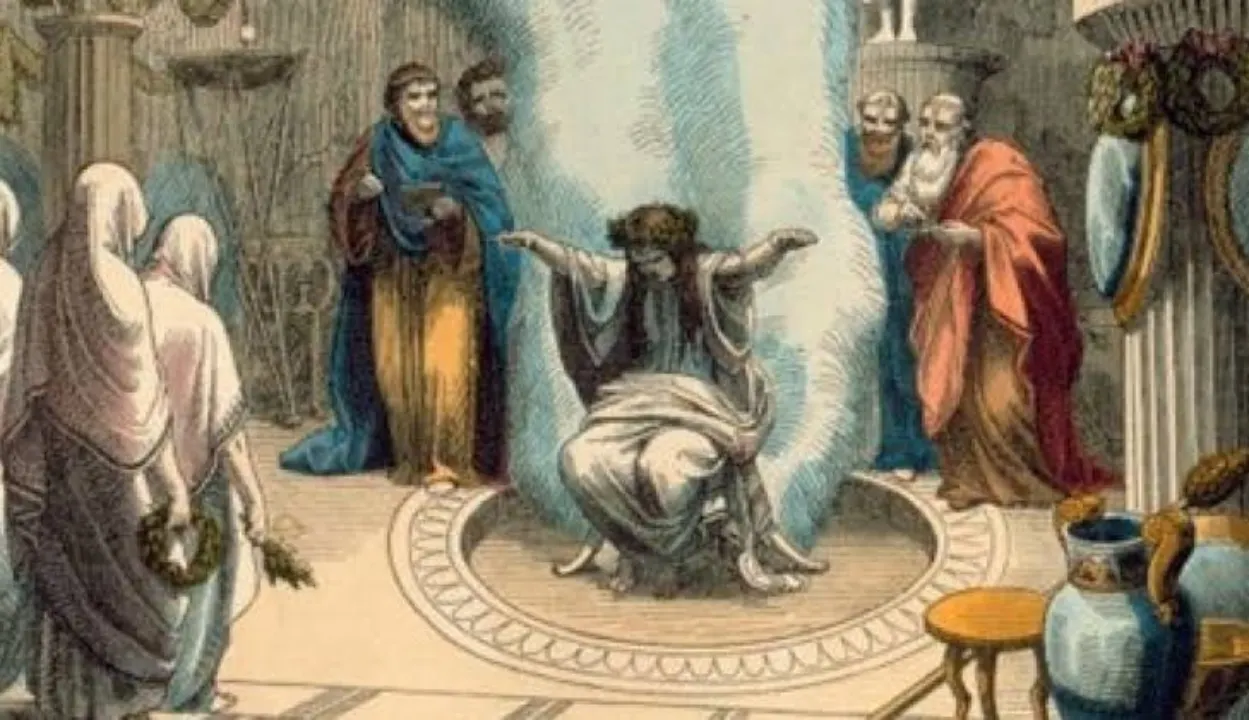

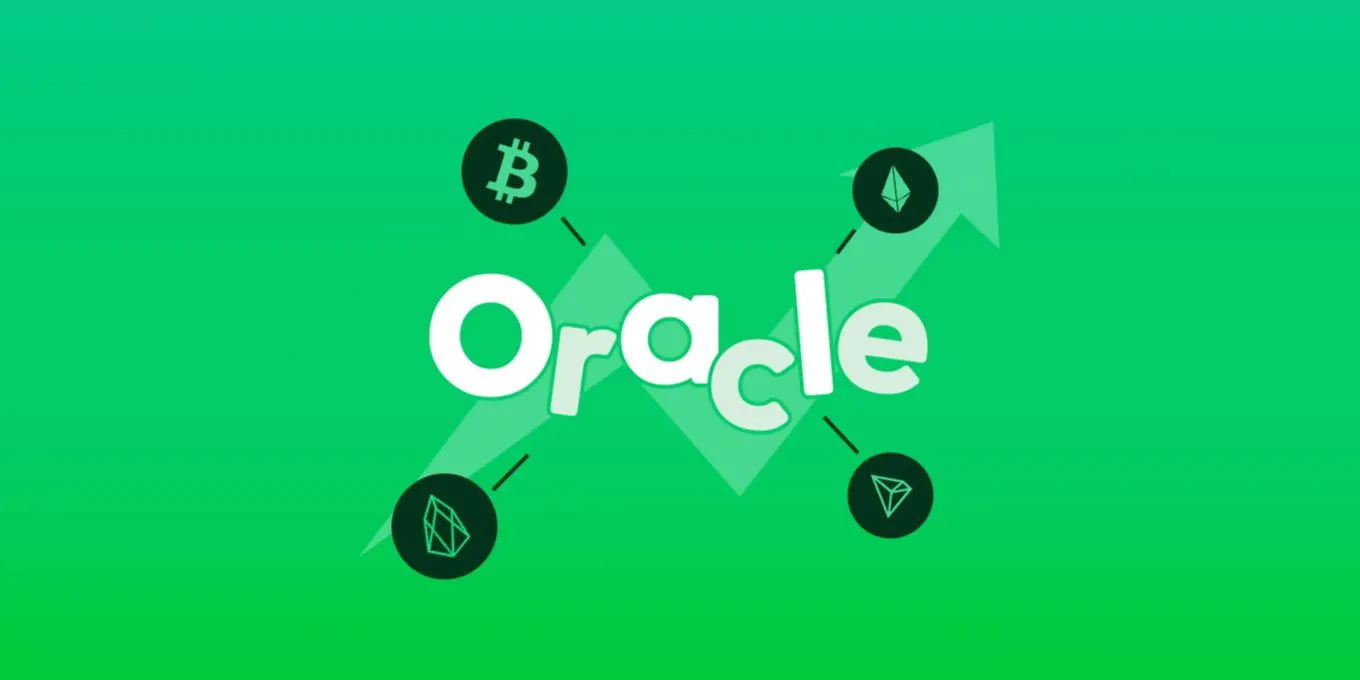
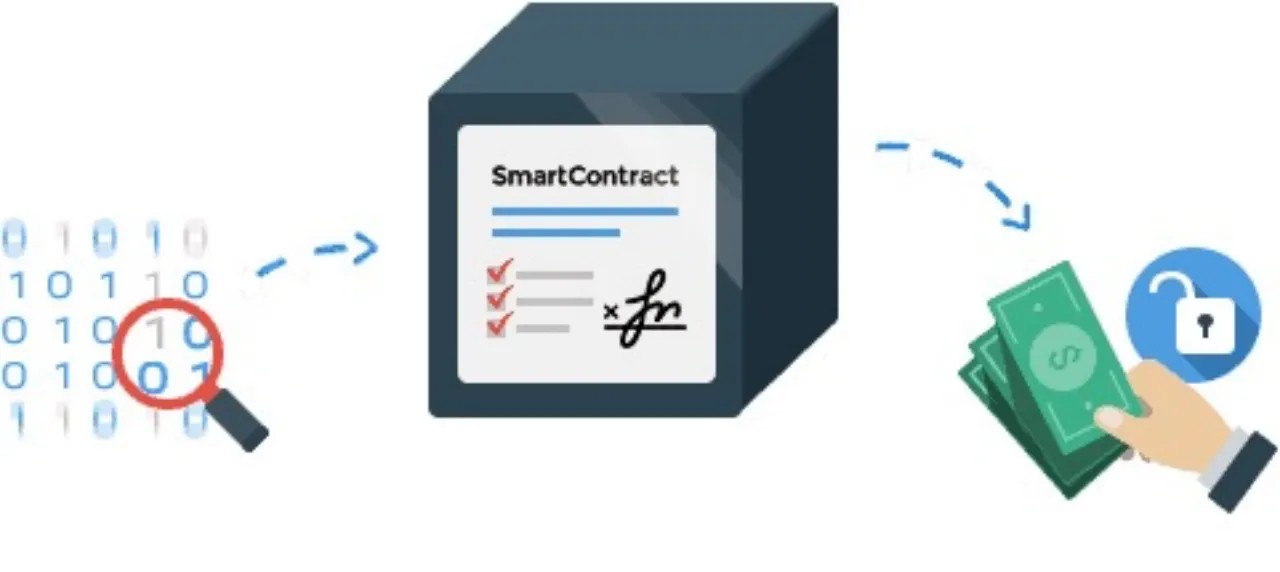


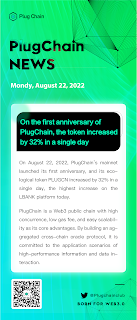
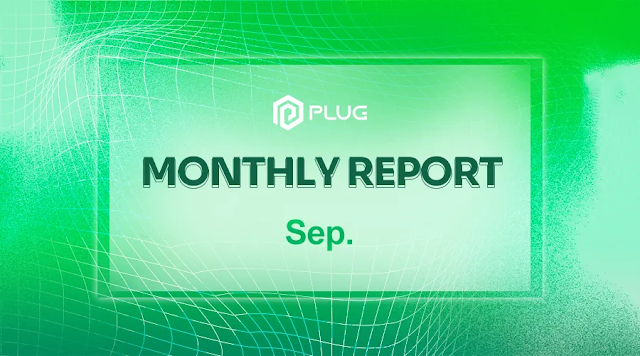
Comments
Post a Comment